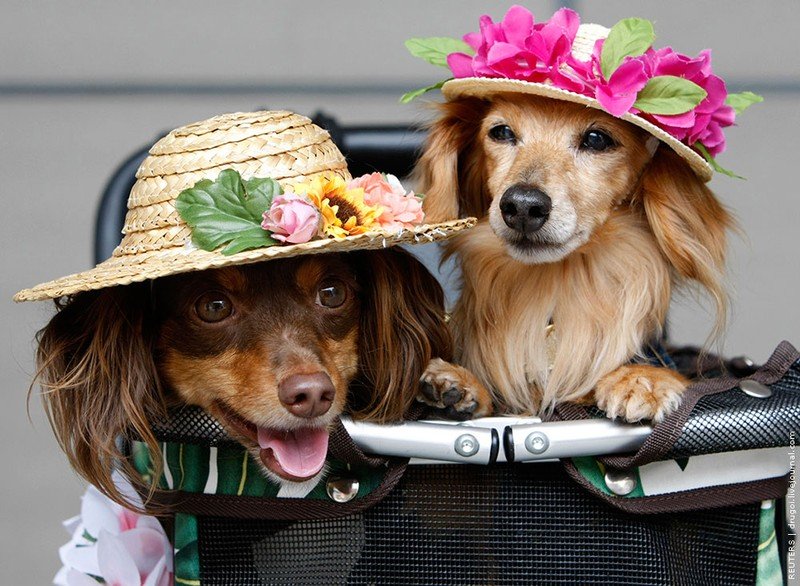|
|
Miscellaneous Photos Of Various Events From Different Countries
|
Overview
Media events in the serious contemporary sense of the term have been happening roughly since the early 1940s, when the ubiquity of movie-house newsreels joined with the established presence of newspapers and commercial radio to form a communications convergence able to give the man-or-woman-on-the-street the sense that everywhere he or she looked or listened, the same "story" was before them. This media saturation was greatly furthered by television, invented in the late 1920s and reaching millions of households by 1950. Starting around 1980, 24-hour cable television news operations debuted with great fanfare, with their signature use of new civilian satellite links that made on-camera live or near-live reporting from almost any spot on earth feasible while the event was still underway or its immediate aftermath continued to affect those involved. Finally, the emergence of the World Wide Web in 1994, allowing for instant global reporting, debating, polling and blogging, completed the communications environment of today, wherein a media event of global significance, or even one of limited geographical scope but consisting of particularly unusual or affecting content, can literally claim the time and attention of most of the world's people as events unfold.
Media events can hold sway on many levels, from a small city television viewership up to the entire planet, sometimes occupying a smaller audience non-stop while a larger audience is fed sporadic updates. For instance, the dramatic twists and turns of Viktor Yushchenko's 2005 bid for the Ukrainian presidency, featuring poisoning plots, voter intimidation, outraged citizens demonstrating in the capital city and other tense, "newsworthy" developments, easily constituted an extensive media event within Ukraine itself even as international mass media followed it closely but did not grant it uninterrupted coverage. By contrast, the September 11, 2001 attacks did reach the plateau of a sustained, planet-wide media event, due mostly to the unprecedented realtime visuals, the involvement of citizens and perpetrators from many different countries and cultures, and a single-day intentional taking of human life not seen at such levels in the developed world since the end of World War II.
The coverage of global and national media events has become a pillar of large news organizations, which often operate at scant profitability in-between these major occurrences. Public opinion, and even baseline attitudes of one culture towards another, can be largely determined by what is seen and heard during a major media event, and the entire careers of journalists can be made (or un-made) by their conduct during these iconic situations. In the United States, the first full bore post-World War II media event was the 1963 assassination of President John F. Kennedy, and it, to a great extent, determined the unwritten hierarchy of American journalists and "news personalities" for the succeeding 40 years. The development of "glasnost" and the ensuing fall of Communism in Russia was a similar determinant for journalists there.
|
|









